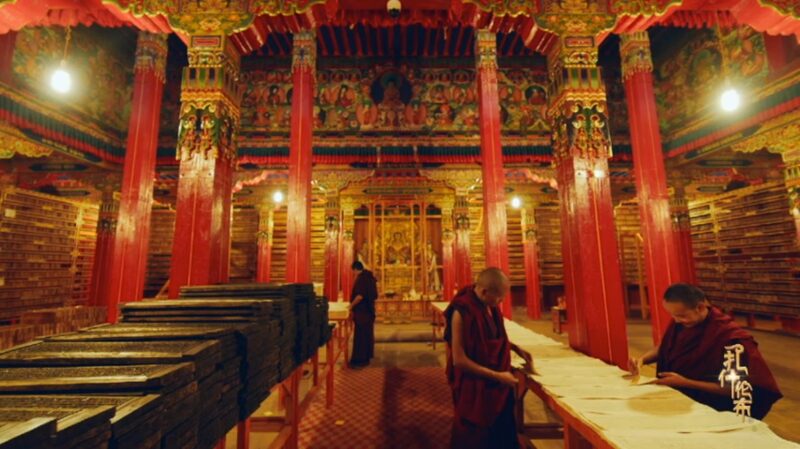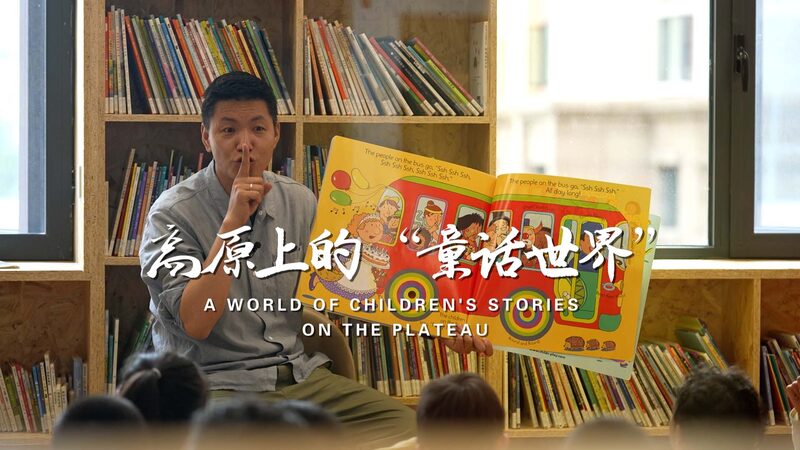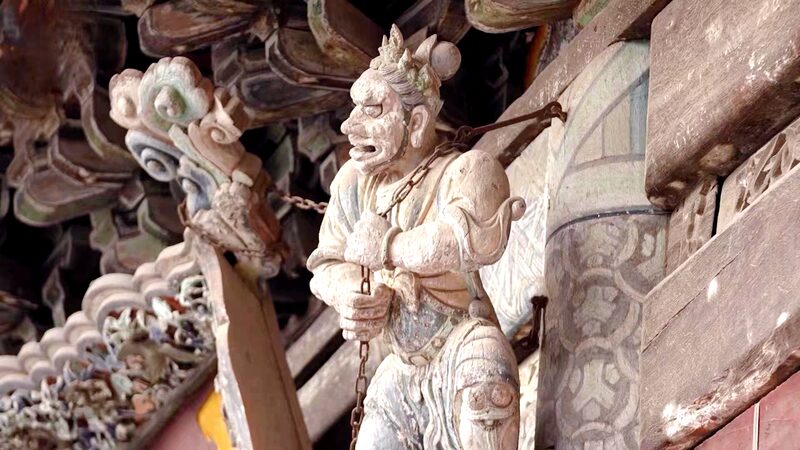In the serene halls of Tashi Lhunpo Monastery, a harmonious blend of ancient tradition and modern innovation is transforming the way sacred texts are produced. For over 500 years, the monastery’s scripture-printing house has preserved traditional techniques, with monks meticulously printing each page by hand. This labor-intensive process, while honoring centuries-old craftsmanship, limited the number of scriptures available, often leading to shortages among devotees.
Addressing this challenge, Tashi Lhunpo Monastery has established a modern scripture-printing house. Equipped with contemporary printing technology, the new facility significantly increases production efficiency, ensuring that sacred texts are more accessible to monks and worshippers alike.
“While it’s essential to preserve our heritage, embracing modern methods allows us to meet the spiritual needs of our community more effectively,” said a monastery representative. “By integrating technology with our traditions, we uphold our customs and enhance the dissemination of our teachings.”
The transition symbolizes a broader movement within Asia to safeguard cultural heritage while adapting to contemporary demands. The monastery’s initiative provides insights for other cultural and religious institutions facing similar challenges, demonstrating that tradition and innovation can coexist to enrich communities.
This fusion of old and new at Tashi Lhunpo Monastery not only alleviates the scarcity of scriptures but also ensures the longevity of sacred practices. It stands as a testament to the dynamic and influential role that cultural preservation plays in the modern world.
Reference(s):
When the ancient scripture-printing house meets modern technology
cgtn.com








